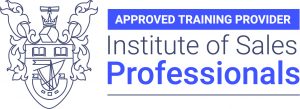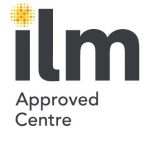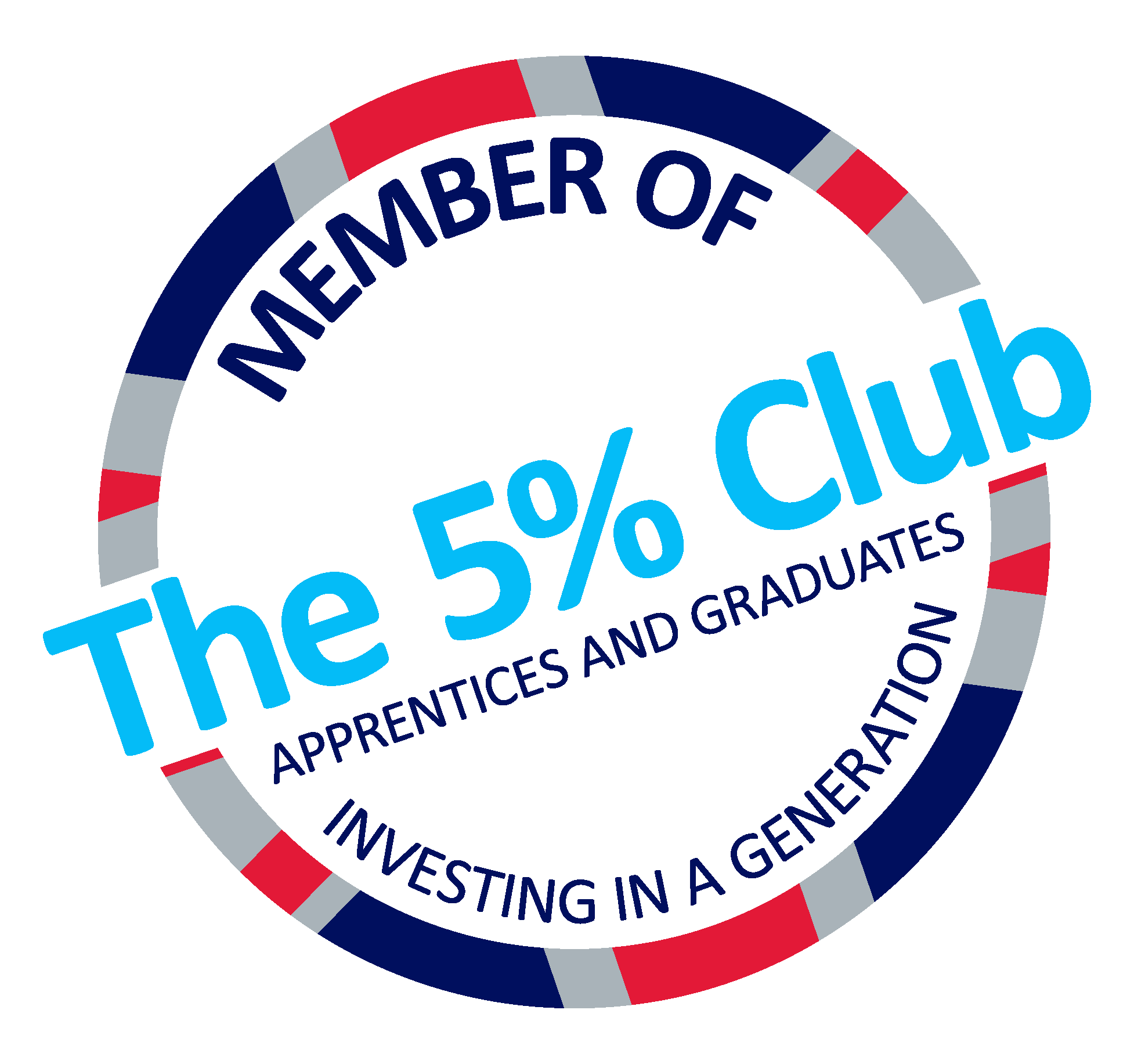By Sarah Evans, Commercial Director
In my last article, I discussed why now is the perfect time for businesses to transform and the need to invest in their biggest asset in the process; their people. We are now entering into a different world from pre-Covid, which presents a challenge and opportunity for businesses in equal measure. For those who are looking to take this opportunity, or know they must for their business’ future success, the next question is how to implement this transformation?
Often businesses will rush to put solutions into place before really understanding what they need to change – change without a clear purpose is unlikely to have the desired effect, and often actually has negative consequences.
Bringing together our significant commercial experience with our Discovery best-practice methodology has produced an approach to business transformation that identifies how to make your people better, embeds long-term change and results in commercial success. Our clients that have adopted this approach, including RS Components, Birdseye, Furniture Village and Tunstall Healthcare, have achieved (amongst other fantastic results) double-digit sales growth, a 29.5% increase in NPS, an exponential increase in employee engagement, and more.
Stage 1 – Understanding ‘what good looks like’

In your business you will have a huge range of people who need different attributes for their different roles. For businesses who are having to adapt or evolve in the current climate, it’s incredibly important that you understand whether the skills, behaviours and capability you need from your people has changed. What your people were expected to deliver or the conditions they were expected to deliver in may have changed vastly – whether it’s against the backdrop of a more digital environment, new products/services or a change in proposition.
This stage brings together your business strategy with your talent management strategy; what do you actually need from your people so they can deliver in the future?
Benchmarking is the process of understanding ‘what good looks like’ for a specific role within your business. This typically changes depending on the department, seniority level and specific role, so you will need to create multiple benchmarks. It’s also important to ensure you’re creating a good benchmark for your business – top performers in another company’s business could be an underperformer for you!
Before you look to upskill, reskill or develop your people, you need to know what your goal is. If you don’t take this initial step, what are you actually aiming for and how will you know if you’ve succeeded?
Stage 2 – The journey to transformation

Now businesses understand ‘what good looks like’ for their employees, the next potential pitfall is prematurely taking action to try and achieve it.
It’s all well and good knowing what you’re aiming for, but you need to understand how you actually get there and what needs to happen to ensure it’s a sustainable change.
There are three key elements to achieving this:
- Getting buy-in from your people – they need to understand why this change is happening and also be the driving force behind their own development. Without this buy-in, you could meet resistance, disengagement or even see an increase in attrition.
- Understanding where you are starting – with any journey, understanding your goal is important, but you can’t actually get there unless you know what your starting point is! What do you currently have in your team? What are their strengths? What are their development areas?
- Identifying the ‘gaps’ – once you understand where you’re starting and where you’re aiming to be, the missing pieces become clear and you can understand how far each individual person is from ‘what good looks like’.
This stage isn’t as simple as it sounds – to truly understand where you are starting and what the gaps are you will need to use an evidence-based process to assess your employees. For our clients, we use the benchmark from stage 1 to establish the competencies that underpin ‘what good looks like’. We then build a bespoke development centre that allows employees to demonstrate their capability so assessors can identify where employees excel and where they need to develop further.
Stage 3 – Implementing change!

Now you understand your goal, where you’re starting from and the gap between the two, it’s finally time to put a plan of action in place.
For every business, department or person this could look very different. The really important part of this approach is that it allows you to understand how good every individual person is, and how they compare to ‘what good looks like’ for your business.
By taking a data-led approach, you will be able to provide every individual person with feedback on their performance, supported by evidence of their capability. This is another important part of engaging your people – if they understand how they performed and that you want to support them in developing areas where they didn’t perform as well, they are far more likely to make the commitment to their development journey. Without this process and evidence, it’s easy to fall into the trap of telling people they need to develop but actually disengaging them in the process.
Key outcomes we often see are:
Recruitment
If a business urgently requires a certain skillset but it becomes clear that it is missing from a team, recruiting can be the initial solution, with a longer-term plan to develop others too. The development centre will allow you to demonstrate how the skillset is missing to your current employees to gain their buy-in for external recruitment as opposed to internal promotions.
As part of this, we have helped businesses to redesign their strategies for recruitment. For some, this has been building in more robust processes that evidence capability, for others, we have transformed their early talent recruitment attraction, development and retention strategies.
Training & Development
To help businesses to achieve their goals, we have delivered ILM accredited Leadership & Management programmes, APS accredited Sales programmes, apprenticeship levy-funded programmes and bespoke training programmes. The type of training required completely depends on the results and performance you see in stage 2.
That being said, by implementing this process well, businesses do see a universal benefit: their people are engaged in their own development. Too often training is ‘done to people’, and they are left wondering why it has been enforced upon them. Not only does this significantly reduce the impact of training, it can actually be quite damaging to your employees. If your people have pulled on the handbrake, taken the time to look in the mirror to understand how good they really are and understand that your business wants to invest in them, they will go into any training as willing participants. In turn, this also increases an employee’s engagement within the business.
All in all, your business’ transformation journey is unique to you, and there is no text book answer. By using the three-stage process above, you are providing yourself with some surety that the actions you are taking are right, that your people are ‘on the bus’, and that you’re working towards your business’ strategic goals.
Whether you’re already on your transformation journey, just about to start or are still confused by the whole process, I’d be more than happy to have a conversation with you about the best practice processes Discovery implements, and how these equate to results for businesses.












